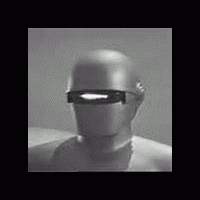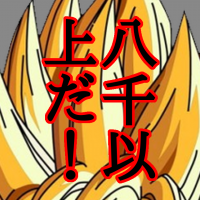訊息: 32
語言: English
Alkanadi (顯示個人資料) 2016年6月7日上午7:24:10
bryku (顯示個人資料) 2016年6月7日上午8:25:21
Alkanadi:If some writes Lernojaro it is perfectly fine because we know that it is one word. However, when this word is spoken, how do people know that it is a single word rather than two words?Because you know that, when you speak esperanto. It is the same principle, that the German know what Hottentottenstottertrottelmutterbeutelrattenlattengitterkofferattentäter means. And by no means it is a single word!
RiotNrrd (顯示個人資料) 2016年6月7日下午6:49:09
Alkanadi:If some writes Lernojaro it is perfectly fine because we know that it is one word. However, when this word is spoken, how do people know that it is a single word rather than two words?The accent in lernojaro is different than in lerno jaro. In the first there is no accent on the e. In the second there is.
lagtendisto (顯示個人資料) 2016年6月7日下午7:08:33
bryku:Because you know that, when you speak esperanto. It is the same principle, that the German know what Hottentottenstottertrottelmutterbeutelrattenlattengitterkofferattentäter means. And by no means it is a single word!German interrogative sentence with two letter: Hä?

lagtendisto (顯示個人資料) 2016年6月7日下午7:25:31
RiotNrrd:The accent in lernojaro is different than in lerno jaro. In the first there is no accent on the e. In the second there is.Thats interesting. I wasn't aware of this. So, -o will be doubled to -oo by the end to indicate gap between two words.
nornen (顯示個人資料) 2016年6月7日下午8:37:06
spreecamper:I think that he referred to the fact that in "lerno jaro" (wherever this combination may appear) you have two primary stresses, one on the e and one on the a. However in lernojaro you have only one primary stress on the a and maybe a seconday stress on the e.RiotNrrd:The accent in lernojaro is different than in lerno jaro. In the first there is no accent on the e. In the second there is.Thats interesting. I wasn't aware of this. So, -o will be doubled to -oo by the end to indicate gap between two words.
lagtendisto (顯示個人資料) 2016年6月7日下午8:54:04
nornen:I think that he referred to the fact that in "lerno jaro" (wherever this combination may appear) you have two primary stresses, one on the e and one on the a. However in lernojaro you have only one primary stress on the a and maybe a seconday stress on the e.Yes, I got it. These stresses on 'e' and 'a' will happen 'automaticaly' if I try to produce double 'fading'-Oo_ by the end of lerno and jaro.
Polaris (顯示個人資料) 2016年6月8日上午5:30:03
spreecamper:I'm not certain that I understand what you mean about the "double 'fading'-Oo"; however, Esperanto does not have elongated final vowels to indicate the end of a word. Because the next to the last syllable receives the natural stress, that up-down "punch" signals the end of the word. If I saw LER-no JAR-o, there are two next-to-last-syllable "punches"; whereas, the word ler-no-JAH-ro only has one.nornen:I think that he referred to the fact that in "lerno jaro" (wherever this combination may appear) you have two primary stresses, one on the e and one on the a. However in lernojaro you have only one primary stress on the a and maybe a seconday stress on the e.Yes, I got it. These stresses on 'e' and 'a' will happen 'automaticaly' if I try to produce double 'fading'-Oo_ by the end of lerno and jaro.
Kirilo81 (顯示個人資料) 2016年6月8日上午7:19:50
Kion vi faros en la venonta lernojaro?
*Kion vi faros en la venonta lerno, jaro? (??)
Alkanadi (顯示個人資料) 2016年6月8日上午7:21:11
Polaris:If I saw LER-no JAR-o, there are two next-to-last-syllable "punches"; whereas, the word ler-no-JAH-ro only has one.Yikes. This seems a little difficult. I guess I will have to practice pronouncing things better.






